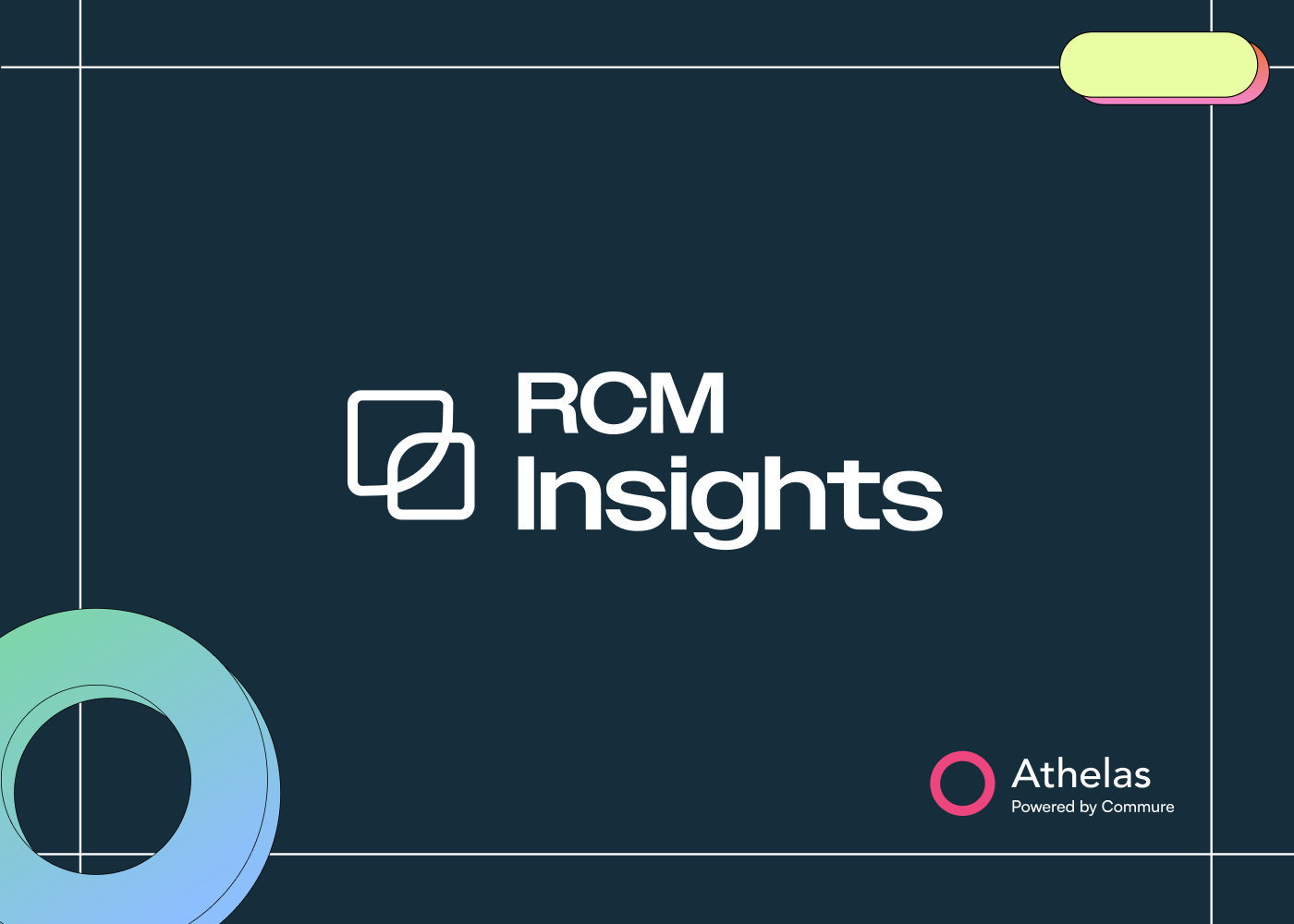Telehealth is a game-changer for anesthesiology, streamlining pre-op evaluations, post-op follow-ups, and chronic pain management. But state-specific billing rules can be tricky, and errors can lead to costly denials. Here’s a concise guide to get it right, with careful attention to accurate claims.
State Telehealth Policy Resources
Stay informed with these trusted sources:
- PHI’s Telehealth Policy Finder: A national hub with state-by-state Medicaid rules, legislation, and trends.
- State Medicaid/Health Department Sites: Check provider manuals for allowed CPT/HCPCS codes, telehealth modalities, and consent requirements.
- State Legislative Trackers: For example, South Carolina details telemedicine licensure flexibility, while Michigan and DC issue policy bulletins for virtual care.
Place of Service (POS) Codes
Correct POS coding ensures proper reimbursement:
- POS 10 (Home): Use when patients are at home, like for post-op pain checks or chronic pain consults via video.
- POS 02 (Telehealth, Non-Home): Applies when patients are at a rural clinic or hospital. Pair with Modifier 95 for real-time audio-video calls. Some payers may accept older modifiers like GT—verify with payer guidelines.
Documentation for Anesthesiology Services
Thorough documentation is critical, especially for multiple procedures:
- Locations: Note where the patient and provider are during the encounter.
- Modality & Timing: Specify audio-video (or audio-only, if allowed) and include timestamps for time-based codes (e.g., prolonged consults).
- Service Details: For codes like 01996 (epidural management) or 99251–99255 (consults), document the order, evaluation, consent, and recommendations.
- Consent: Record patient consent for telehealth, including limitations and follow-up plans.
- Cross-State Care: If practicing across state lines, confirm licensure (e.g., via Interstate Medical Licensure Compact) and note it in records.
Regional Billing Snapshot
Key Takeaways
- Use resources like PHI’s Telehealth Policy Finder to stay updated on state rules.
- Choose POS 10 or 02 based on patient location and pair with Modifier 95 (or GT, if required).
- Document meticulously—locations, modality, consent, and service details—to support complex billing.
- Audit telehealth workflows regularly to ensure compliance and minimize denials.
By staying proactive and precise, anesthesiology practices can use telehealth effectively while avoiding billing pitfalls in 2025.
How do you bill medicaid? Improve retention without hiring?
Get ahead of 2025 CMS changes?
Schedule a demo with Athelas today to find out.



